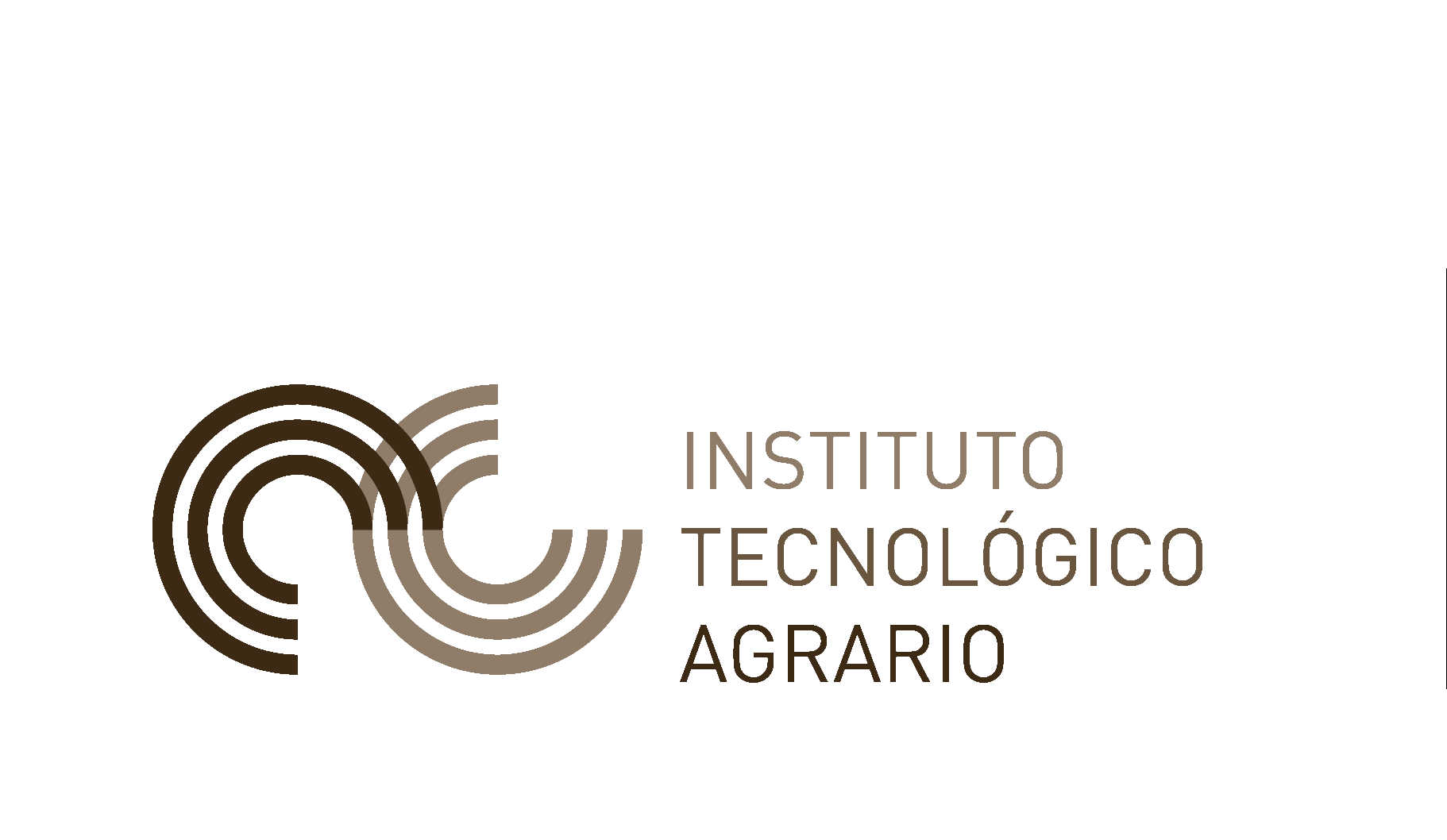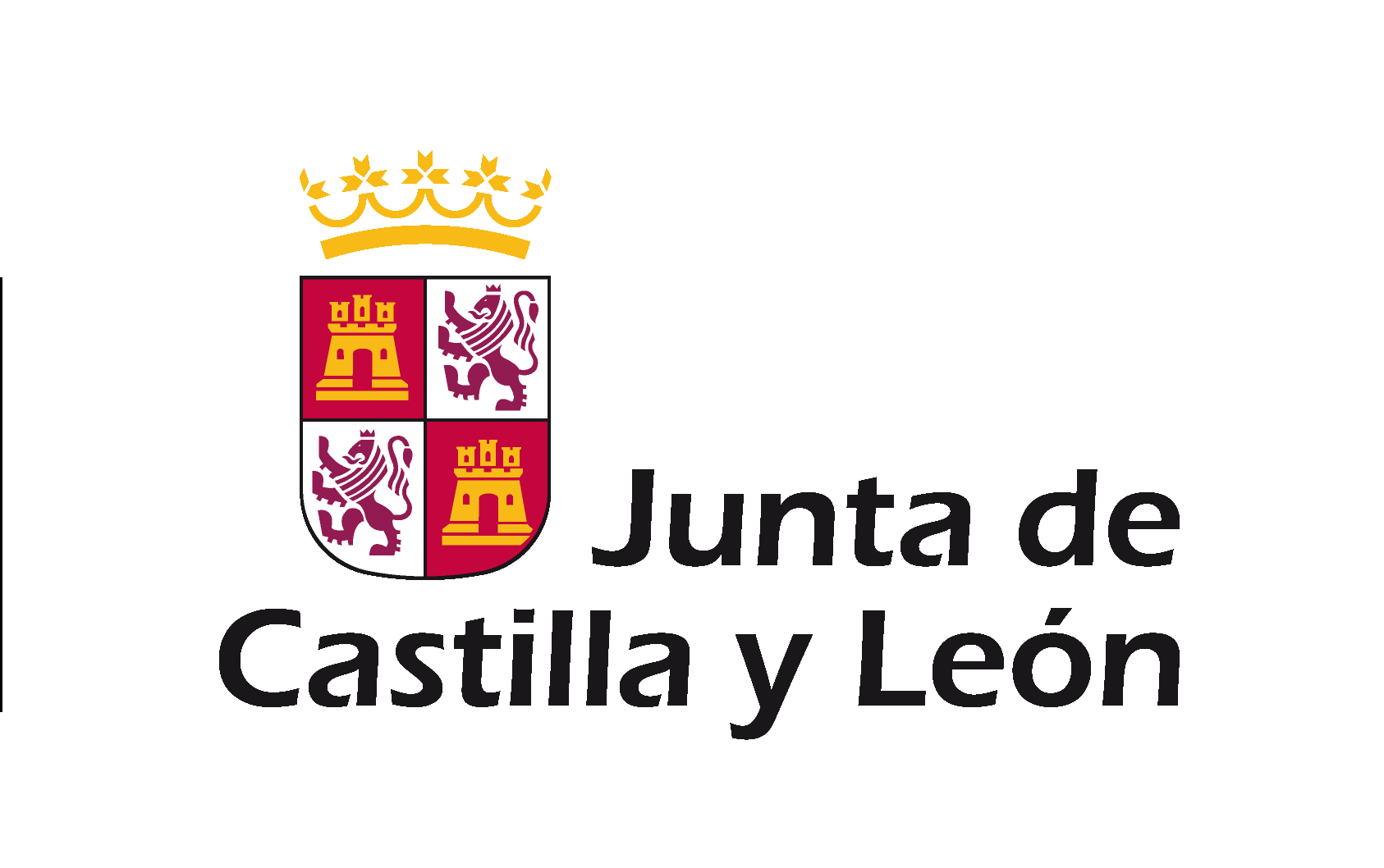EFECTO SOBRE EL RENDIMIENTO PRODUCTIVO Y CALIDAD DE LA CANAL DE LA INCLUSIÓN DE GUISANTES (PISUM SATIVUM) Y ALBERJÓN (VICIA NARBONENSIS) EN EL PIENSO DE LECHONES Y CERDOS DE CEBO
Tesis doctorales
Tesis doctorales
Publicador de contenidos
EFECTO SOBRE EL RENDIMIENTO PRODUCTIVO Y CALIDAD DE LA CANAL DE LA INCLUSIÓN DE GUISANTES (PISUM SATIVUM) Y ALBERJÓN (VICIA NARBONENSIS) EN EL PIENSO DE LECHONES Y CERDOS DE CEBO
EFECTO SOBRE EL RENDIMIENTO PRODUCTIVO Y CALIDAD DE LA CANAL DE LA INCLUSIÓN DE GUISANTES (PISUM SATIVUM) Y ALBERJÓN (VICIA NARBONENSIS) EN EL PIENSO DE LECHONES Y CERDOS DE CEBO
Fecha de publicación: 2015
Tipo de publicación:
Tesis doctoral
Autor:
Emilio Gómez Izquierdo
Lugar de publicación:
https://www.educacion.gob.es/teseo/mostrarRef.do?ref=1203711
Resumen:
Las leguminosas grano presentan un perfil nutricional de gran interés para
alimentación de ganado porcino, debido principalmente a su elevado contenido proteico. Sin embargo, la presencia de factores antinutritivos (FAN), que según el género difieren en calidad y cantidad, condiciona la absorción de la proteína, el nutriente más valorado. El objetivo de esta Tesis Doctoral ha sido el estudio del efecto de los principales FAN de guisante y alberjón sobre el rendimiento productivo, de canal y de piezas nobles, cuando sustituyen a la soja, parcial o totalmente, durante la fase estárter y el periodo de engorde de cerdos grasos. Con este motivo se llevaron a cabo 4 ensayos con machos castrados y la misma línea genética: híbrido Duroc x (Landrace x Large white).
En el ensayo 1, se estudió la influencia de distintos niveles de inhibidores de
proteasas (IP) en el pienso sobre la productividad de lechones durante la fase estárter (40 a 61 días de edad). Para ello, se utilizaron tres variedades de guisantes de invierno que contenían diferentes cantidades de IP, tanto de tripsina (IT) como de quimotripsina (IQ) [unidades de tripsina inhibida/mg (UTI), unidades de quimotripsina inhibida/mg (UQI): 9,87- 10,16, 5,75-8,62 y 12,55-15,75, para guisantes Cartouche, Iceberg y Luna, respectivamente] más elevadas que en la harina de soja 47 (HnaS) y en la soja extrusionada (SE) (UTI/mg - UQI/mg: 0,61-3,56 y 2,36-4,65, para HnaS y SE, respectivamente). El diseño experimental fue al azar, con cuatro tratamientos dietéticos que diferían en las fuentes proteicas y en la cantidad de IP, enfrentando un pienso control de soja a otros tres piensos con guisantes de invierno de las variedades indicadas, que sustituían parcialmente a la soja. Cada tratamiento se replicó cuatro veces, siendo la celda con 6 lechones la unidad experimental. Los animales que consumieron el pienso con guisante Cartouche tuvieron más ganancia media diaria (GMD) que el resto (P < 0,001) con el mismo consumo medio diario (CMD) e índice de conversión (IC). No hubo diferencias significativas entre los animales del pienso control y los que consumieron piensos con guisantes Iceberg y Luna.
En el ensayo 2 la leguminosa objeto de estudio fue el alberjón y su FAN el dipéptido ¿Glutamyl-S-Ethenyl-Cysteine (GEC). El diseño y el periodo experimental fueron los mismos que en el ensayo 1, con cuatro dietas que variaban en el porcentaje de alberjones: 0%, 5%, 15% y 25%, y de GEC (1,54% del grano). Los lechones que consumieron el pienso con 5% tuvieron un CMD y GMD más elevado (P < 0,001), con el mismo IC que los animales pertenecientes al tratamiento 0%. Los índices productivos empeoraron significativamente y
de manera progresiva al aumentar el porcentaje de alberjones (15 y 25%). Se obtuvieron ecuaciones de regresión con estructura polinomial que fueron significativas tanto para el nivel de alberjón como para la cantidad de GEC presente en el pienso.
El ensayo 3 se efectuó durante el periodo de engorde, sustituyendo por completo la soja a partir de los 84 días de edad con las tres variedades de guisantes de invierno, observando el efecto sobre el rendimiento productivo, de canal y piezas nobles. El diseño, en bloques completos al azar, tuvo cuatro tratamientos según el guisante presente en el pienso y, por lo tanto, los niveles de IP: Control-soja, Cartouche, Iceberg y Luna, con 12 réplicas de 4 cerdos por tratamiento. De 84 a 108 días de edad los animales que consumieron los piensos Control-soja e Iceberg, tuvieron el mismo CMD y GMD, empeorando en los cerdos alimentados con Luna y Cartouche (P < 0,05). El IC fue igual en los tratamientos Control-soja e Iceberg, ocupando una posición intermedia en Cartouche y peor en los cerdos del pienso Luna (P < 0,001). De 109 a 127 días de edad la GMD y el IC fueron iguales, con un CMD más elevado en Control-soja e Iceberg que en los cerdos que consumieron Cartouche y Luna (P < 0,05). No hubo diferencias significativas durante el acabado (128 a 167 días de edad). Globalmente el CMD y GMD fueron más elevados en los cerdos que comieron los piensos Iceberg y Control-soja, empeorando por igual en los que comieron Cartouche y Luna (P < 0,05); el IC fue el mismo en todos los tratamientos. No se observaron diferencias en los datos relacionados con peso y rendimiento de canal y piezas nobles (jamón, paleta y chuletero), ni del contenido de grasa intramuscular en el lomo y proporción de ácidos grasos principales (C16:0, C18:0, C18:1n-9) en la grasa subcutánea.
En el ensayo 4, realizado durante el periodo de engorde (60 a 171 días de edad), se valoró el efecto de dietas con distintos niveles de alberjones, y en consecuencia de su factor antinutritivo el dipéptido GEC, sobre el rendimiento productivo y la calidad de la canal y piezas nobles. El diseño fue en cuatro bloques completos al azar, con cuatro tratamientos según el porcentaje de inclusión de alberjón en el pienso: 0%, 5%, 15% y 25%, con 12 réplicas por tratamiento y cuatro cerdos en cada una de ellas. El tratamiento con 5% mejoró la GMD al final de la fase de cebo (152 días de vida) y, junto con el 0%, presentaron los resultados más favorables de peso e IC al final del ensayo (171 días de vida). Del mismo modo, el peso y rendimiento de canal fueron más elevados en los cerdos alimentados con
los tratamientos 0% y 5% (P < 0,001). Piensos con el 15 y 25% de alberjones empeoraron los resultados productivos, así como el rendimiento y peso de canal. Sucedió lo mismo con el peso de las piezas nobles (jamón, paleta y chuletero), significativamente superior en 0% y 5% frente a 15% y 25%, siendo los cerdos que consumieron este último pienso los peores.
Por el contrario el rendimiento de jamón y chuletero fue más elevado en los cerdos de los tratamientos 25% y 15% que en los que consumieron los piensos con 5% y 0% (P < 0,001); en el rendimiento de paletas se invirtieron los resultados, siendo mayores en los animales de los tratamientos 0% y 5% (P < 0,001). Se obtuvieron ecuaciones de regresión polinomial, para estimar las cantidades de inclusión de alberjones y de GEC más favorables desde el punto de vista productivo, así como los contrastes ortogonales entre los distintos tratamientos.
Conclusiones
Guisantes de invierno con niveles intermedios de IP pueden sustituir a la soja
parcialmente en dietas durante la fase estárter, y mejoran o mantienen el rendimiento productivo de los lechones.
La inclusión del 5% de alberjones con un contenido de GEC del 1,52% en la dieta
durante la fase estárter aumenta el consumo y el crecimiento; porcentajes superiores penalizan de forma progresiva los parámetros productivos.
Guisantes de invierno con 5,75 UTI/mg y 8,62 UQI/mg sustituyen a la soja desde los 84 hasta los 167 días de edad sin alterar el rendimiento productivo, de canal, de piezas nobles y del contenido de grasa intramuscular en el lomo y proporción de ácidos grasos principales (C16:0, C18:0, C18:1n-9) en la grasa subcutánea.
Alberjones con un contenido de GEC del 1,52% se pueden incluir hasta el 5% en el
pienso de engorde como fuente de proteína, manteniendo o mejorando el rendimiento y la calidad de la canal. Sin embargo, cantidades más elevadas empeoran los resultados paulatinamente.
SUMMARY
The grain legumes have a nutritional profile of great interest to feed pigs, mainly due to high protein content. However, the presence of antinutritional factors (ANF), which differ in quality and quantity according to gender, hinder the absorption of the protein, the most valuable nutrient. The aim of this thesis was to study the effect of the main ANF of pea and narbon vetch (NV) on productive performance, of the carcass and main lean cuts, when
replacing soybean, partially or totally, during the starter phase and the fattening period of heavy pigs. For this reason were carried four trials with barrows and the same genetic line: Duroc hybrid x (Landrace x Large white).
In trial 1, was studied the influence of different levels of protease inhibitors (PI) in the diet over productivity of piglets during the starter phase (40-61 days of age). For this, were used three varieties of winter peas containing different amounts of PI, both trypsin (TI) and chymotrypsin (CI) [inhibited units/mg trypsin (TIU), inhibited units/mg chymotrypsin (CIU): 9.87 - 10.16, 5.75 - 8.62 and 12.55 - 15.75, for peas Cartouche, Iceberg and Luna, respectively] higher than in soybean meal 47 (SBM) and soybeans extruded (SBE) (TIU/mg - CIU/mg: 0.61 - 3.56 and 2.36 - 4.65 for SBM and SBE, respectively). The design was randomized with four dietary treatments differing in protein sources and the amount of PI, with a control diet of soybean and three with different varieties of winter peas: Cartouche, Iceberg and Luna, which partially replace soybean. Each treatment was replicated four times,
being the pen with 6 piglets the experimental unit. Pigs that ate the feed with pea Cartouche had better growth (ADG) than the rest (P < 0.001), with the same average daily feed intake (ADFI) and feed conversion ratio (FCR). There were no significant differences between piglets fed with control diet and those fed Iceberg and Luna diets.
In trial 2 the legume under study was the NV and your ANF the dipeptide ¿Glutamyl FAN-S-Ethenyl-Cysteine (GEC). The experimental period and the design were the same as in trial 1, with four diets with different percentage of NV: 0%, 5%, 15% and 25%, and from GEC (1.52% of the grain). The piglets that consumed the feed containing 5% had higher ADG and ADFI (P < 0.05), with the same FCR that pigs belonging to the 0% treatment.
Production rates worsened progressively with increasing percentage of NV (15 and 25%).
Were obtained regression equations with polynomial structure that were significant for NV percentage and amount of GEC present in the feed.
The test 3 was carried out during the fattening period, completely replace soy from 84 days of age with three varieties of winter peas, observing the effect on the yield, carcass and main lean cuts. The design, randomized complete blocks, had four treatments with different levels of PI: Control-soy, Cartouche, Iceberg and Luna, with 12 replicates of 4 pigs per treatment. From 84 to 108 days of age the pigs fed with Control-soy and Iceberg feed, had the same ADFI and ADG, worsening in pigs fed with Luna and Cartouche (P < 0.05). The FCR was similar in diets Control-soy and Iceberg, occupying an intermediate position in
Cartouche and worse in pigs fed with Luna (P < 0.001). From 109-127 days of age the ADG and FCR were equal, with higher ADFI in pigs fed with Control-soy and Iceberg, regarding pigs fed with Cartouche and Luna (P < 0.05). There was no difference in the finishing phase (128-167 days of age). In global period, the ADFI and ADG were higher in pigs that ate Control-soy and Iceberg, and worse in those who ate Cartouche and Luna. The FCR was the same in all treatments. No significant differences were observed in the data related to weight
and carcass yield, main lean cuts (ham, shoulder and loin chop) and intramuscular fat loin
content and major fatty acids proportion (C16:0, C18:0, C18:1n-9) of subcutaneous fat.
In experiment 4, made during the fattening period (60-171 days of age), was
assessed the effect of diets with different levels of NV, and consequently of GEC, in the performance and quality of carcass and main lean cuts. There was a completely randomized design with four dietary treatments differing in percentage of NV: 0%, 5%, 15% and 25%, with 12 replicates per treatment and four pigs each. Treatment with 5% improved the ADG at the end of the fattening phase (152 days of age) and, together with 0%, showed the most favorable body weight and FCR at the end of the trial (171 days of age). Similarly, the weight and performance of carcass were higher for pigs fed with diets 0% and 5% (P < 0.05). Diets with 15 and 25% worsened the productive and carcass results. The weight of the main lean
cuts (ham, shoulder and loin chop) was significantly higher in 0% and 5% vs 15% and 25%.The diet 25% was the worst of all. By contrast the performance of ham and loin chop was higher in pigs fed with diets 25% and 15%, that those who ate diets with 5% and 0% (P < 0.001); the results of shoulder performance were reversed, being greater in pigs feed with diets 0% and 5% (P < 0.001). Polynomial regression equations were obtained to estimate the percentage of NV and GEC more favorable from the point of view of production, and orthogonal contrasts between treatments.
Conclusions
Winter peas with intermediate levels of PI can partially replace soybean diets during the starter phase and improve or maintain the productive performance of piglets.
The inclusion of 5% narbon vetch with 1.52% of GEC in the diet during the starter
phase increases feed intake and growth; higher percentages worsen progressively the productive performance.
Winter peas with 5.75 TIU/mg and 8.62 CIU/mg can replace soybean from 84 to 167 days of age without affecting the yield, carcass quality, main lean cuts and intramuscular fat loin content and major fatty acids proportion (C16:0, C18:0, C18:1n-9) of subcutaneous fat.
Narbon vetch with 1.52% of GEC can be included up to 5% in feedstuff of heavy pigs as source of protein, maintaining or improving performance and quality of the carcass. Higher amounts worsen the results progressively.


